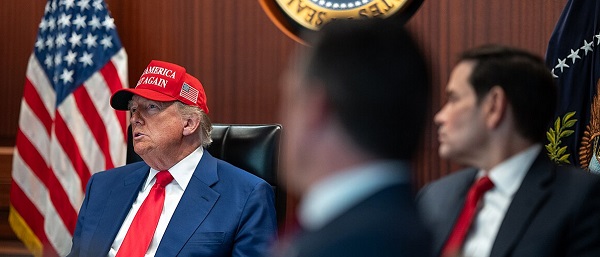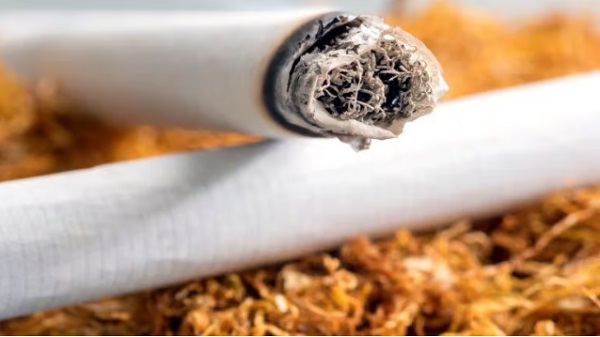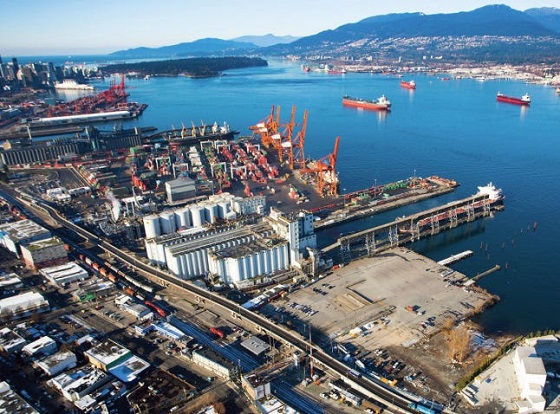International
Local SWAT team stopped Trump shooter, not Secret Service counter snipers: report

Still from video of Thomas Crooks walking toward the Trump rally the day of the assassination attempt
From LifeSiteNews
According to Rep. Clay Higgins’ preliminary findings, a Butler County SWAT officer fired the initial shot that stopped Thomas Matthew Crooks. The Butler County coroner was also unaware the FBI quickly released Crooks’ body for immediate cremation.
Representative Clay Higgins is a member of the congressional investigative task force looking into the assassination attempt by Thomas Matthew Crooks against President Trump. Rep. Higgins was also doing independent research prior to his appointment to the congressional committee, and he released his preliminary report findings today.
There are some remarkable revelations in the six-page PDF. One detail outlines how it was a Butler County SWAT officer who fired the initial shot that stopped Thomas Matthew Crooks after eight shots fired. The feds did not initially stop the assassin, the locals did. Another detail highlights how the Butler County coroner was not aware the FBI quickly released the body of Crooks for immediate cremation.

The 9th shot fired on J13 was from a Butler SWAT operator from the ground about 100 yards away from the AGR building. Shot 9 hit Crooks’ rifle stock and fragged his face/neck/right shoulder area from the stock breaking up. The SWAT operator who took this shot was a total bad***; when he had sighted the shooter Crooks as a mostly obscured by foliage moving target on the AGR rooftop, he immediately left his assigned post and ran towards the threat, running to a clear shot position directly into the line of fire while Crooks was firing 8 rounds. On his own, this ESU SWAT operator took a very hard shot, one shot. He stopped Crooks and importantly, I believe the shot damaged the buffer tube on Crooks’ AR. I won’t be certain of this until I can examine Crooks’ rifle, but I’m 99% sure based upon reliable eye-witness ESU tactical officers who observed Crooks’ rifle before the FBI harvested it as evidence. This means that if his AR buffer tube was damaged, Crooks’ rifle wouldn’t fire after his 8th shot. (Clay Higgins Report, pdf – page 4)

(Page 5, Higgins Report)
Reprinted with permission from Conservative Treehouse.
Censorship Industrial Complex
Pro-freedom group warns Liberal bill could secretly cut off Canadians’ internet access

From LifeSiteNews
“The minister could order this dissident’s internet and phone services be cut off and require that decision remain secret”
Free speech advocates have warned that the Liberals’ cybersecurity bill would allow them to block any individual’s internet access by secret order.
During an October 30 Public Safety committee meeting in the House of Commons, Canadian Constitution Foundation (CCF) counsel Josh Dehaas called for Liberals to rewrite Bill C-8, which would allow the government to secretly cut off Canadians access to the internet to mediate “any threat” to the telecommunications system.
“It is dangerous to civil liberties to allow the minister the power to cut off individual Canadians without proper due process and keep that secret,” Dehaas testified.
“Consider for example a protestor who the minister believes ‘may’ engage in a distributed denial of service attack, which is a common form of civil disobedience employed by political activists,” he warned.
“The minister could order this dissident’s internet and phone services be cut off and require that decision remain secret,” Dehaas continued, adding that the legislation does not require the government to obtain a warrant.
In response, Liberal MP Marianne Dandurand claimed that the legislation is aimed to protect the government form cyberattacks, not to limit freedom of speech. However, Dehaas pointed out that the vague phrasing of the legislation allows Liberals to censor Canadians to counter “any threat” to the telecommunications system.
Bill C-8, which is now in its second reading in the House of Commons, was introduced in June by Minister of Public Safety Gary Anandasangaree and contains a provision in which the federal government could stop “any specified person” from accessing the internet.
The federal government under Prime Minister Mark Carney claims that the bill is a way to stop “unprecedented cyber-threats.”
The bill, as written, claims that the government would need the power to cut someone off from the internet, as it could be “necessary to do so to secure the Canadian telecommunications system against any threat, including that of interference, manipulation, disruption, or degradation.”
Many Canadians, including Conservative MPs and freedom groups, have condemned the legislation, along with several other new Liberal bills which aim to censor internet content as well as go after people’s ability to speak their minds.
“Experts and civil society have warned that the legislation would confer ministerial powers that could be used to deliberately or inadvertently compromise the security of encryption standards within telecommunications networks that people, governments, and businesses across Canada rely upon, every day,” the Canadian Civil Liberties Association wrote in a recent press release.
Similarly, Canada’s own intelligence commissioner has warned that the bill, if passed as is, could potentially be unconstitutional, as it would allow for warrantless seizure of a person’s sensitive information.
Daily Caller
Nigeria Would Welcome US Intervention In Massacre Of Christians By Islamic Terror Groups


From the Daily Caller News Foundation
Nigeria said Sunday the country would welcome American intervention against Islamic extremist groups behind the massacre and persecution of Christians in the African nation.
Daniel Bwala, advisor to Nigerian President Bola Tinubu, told Reuters Sunday the country would welcome U.S. intervention to combat Islamic terrorists persecuting and massacring Christians within its borders, as long as Nigeria’s sovereignty was respected. President Donald Trump threatened Saturday on Truth Social to deploy U.S. forces in Nigeria if the nation did not do enough to stop Islamic terrorist organizations like Boko Haram.
“We welcome U.S. assistance as long as it recognizes our territorial integrity,” the advisor told Reuters.
Dear Readers:
As a nonprofit, we are dependent on the generosity of our readers.
Please consider making a small donation of any amount here.
Thank you!
Trump also threatened in his post to cut off aid to the nation in response to massacres of Christians. Open Doors, which tracks Christian persecutions worldwide, estimates that 3,100 Nigerian Christians have been killed so far in 2025, making up a large portion of the estimated 4,476 Christians murdered worldwide this year alone.
“If the Nigerian Government continues to allow the killing of Christians, the U.S.A. will immediately stop all aid and assistance to Nigeria, and may very well go into that now disgraced country, “guns-a-blazing,” to completely wipe out the Islamic Terrorists who are committing these horrible atrocities,” Trump said on Saturday. “I am hereby instructing our Department of War to prepare for possible action.”
Boko Haram is the most prominent Islamic terrorist organization in the nation, being responsible for a years-long campaign of targeted attacks against Christians, especially in the northern region of the country.
-

 Environment23 hours ago
Environment23 hours agoThe era of Climate Change Alarmism is over
-

 Aristotle Foundation15 hours ago
Aristotle Foundation15 hours agoB.C. government laid groundwork for turning private property into Aboriginal land
-

 Business1 day ago
Business1 day agoYou Won’t Believe What Canada’s Embassy in Brazil Has Been Up To
-

 Crime15 hours ago
Crime15 hours agoPublic Execution of Anti-Cartel Mayor in Michoacán Prompts U.S. Offer to Intervene Against Cartels
-

 Automotive1 day ago
Automotive1 day agoCarney’s Budget Risks Another Costly EV Bet
-

 Business1 day ago
Business1 day agoMystery cloaks Doug Ford’s funding of media through Ontario advertising subsidy
-

 Censorship Industrial Complex1 day ago
Censorship Industrial Complex1 day agoSenate Grills Meta and Google Over Biden Administration’s Role in COVID-Era Content Censorship
-

 Addictions1 hour ago
Addictions1 hour agoThe War on Commonsense Nicotine Regulation



